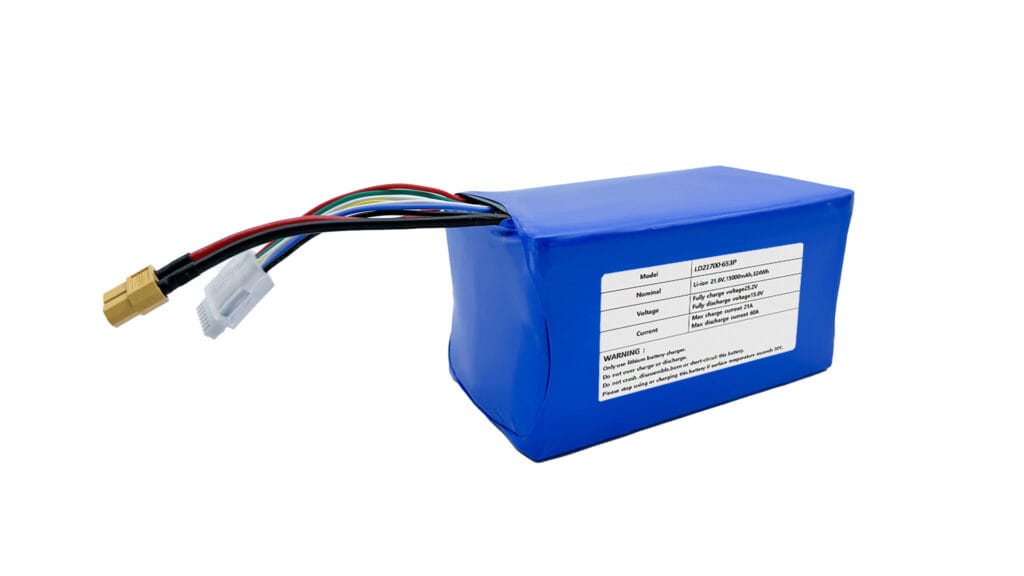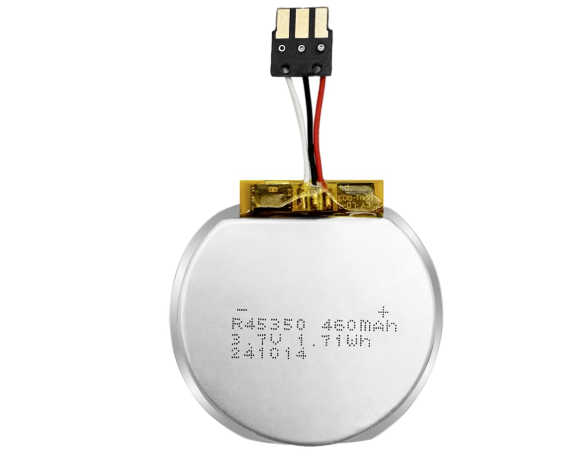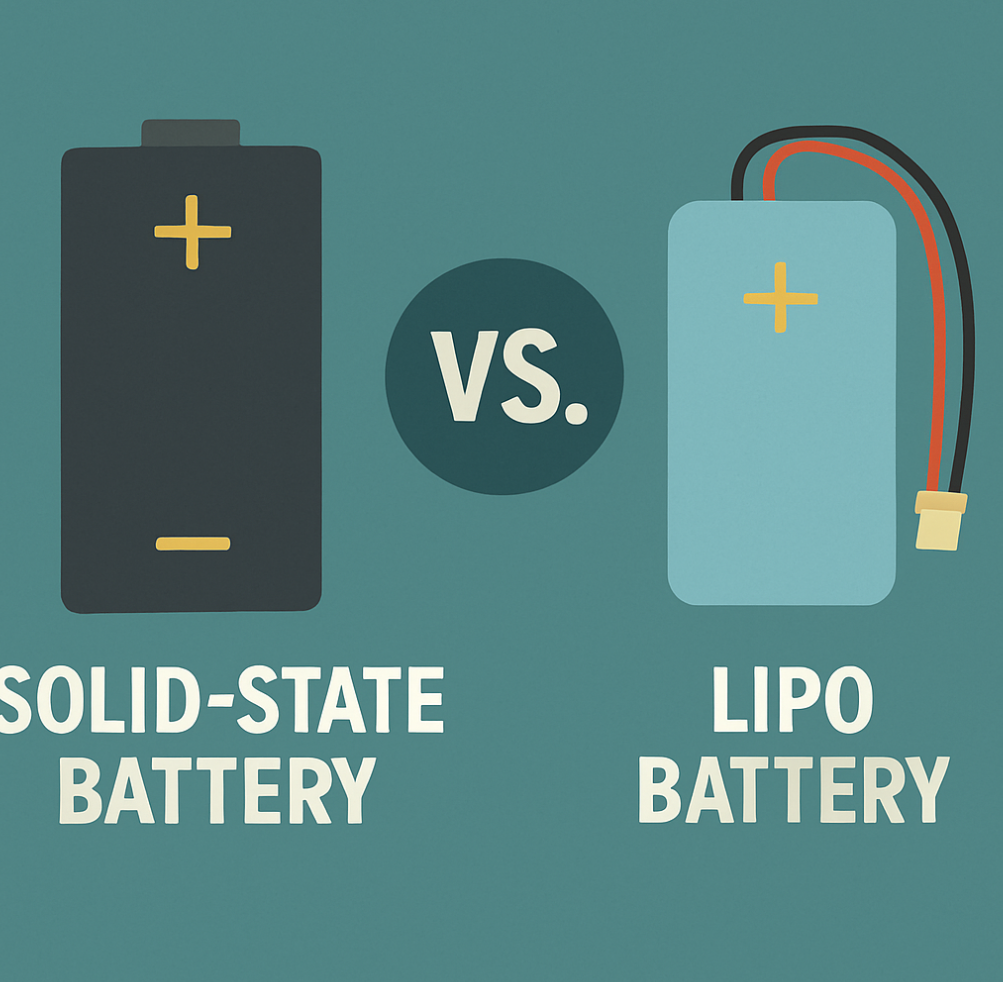Understanding the Fundamentals of 8S Batteries
At its core, the “8S” in battery terminology signifies a configuration where eight individual battery cells are connected in series. This serial connection is crucial as it directly impacts the overall voltage of the battery pack. While the capacity (measured in Amp-hours or Ah) remains the same as that of a single cell, the voltages of the individual cells are additive.
For lithium-ion based batteries, the nominal voltage of a single cell typically ranges from 3.2V (for Lithium Iron Phosphate – LiFePO4) to 3.7V (for Lithium Polymer – LiPo and Lithium Nickel Manganese Cobalt Oxide – NMC). Therefore, an 8S battery pack will typically have a nominal voltage ranging from approximately 24V to 29.6V, depending on the specific cell chemistry employed.
General Applications of 8S Battery Solutions
The balanced voltage and power characteristics of 8S battery solutions make them a compelling choice for a diverse array of applications:
- Electric Mobility: The realm of electric vehicles has widely adopted 8S configurations, particularly in e-bikes, electric scooters, and electric skateboards. These applications often require a voltage level that provides sufficient power for efficient motor operation, hill climbing ability, and reasonable range, without the added complexity and weight of higher voltage systems. The 24-30V range offered by 8S batteries hits a sweet spot for many personal electric vehicles.
- Drones and Robotics: In the demanding fields of drones and robotics, the power-to-weight ratio is paramount. 8S batteries provide a higher voltage that allows for more powerful motors to operate efficiently, enabling longer flight times for drones carrying significant payloads or enhanced maneuverability for robots performing complex tasks.
- Portable Power Stations: As the demand for off-grid power and backup solutions grows, portable power stations utilizing 8S batteries offer a good balance between energy capacity and portability. The voltage level allows them to power a variety of devices, from laptops and smartphones to small appliances.
- Industrial and Commercial: Certain industrial power tools, Automated Guided Vehicles (AGVs), and other commercial equipment benefit from the voltage provided by 8S batteries, offering reliable and sustained power for demanding operations.
- Backup Power Systems: In some smaller-scale Uninterruptible Power Supply (UPS) systems or backup power solutions for critical devices, 8S batteries can provide the necessary voltage and energy резерв to ensure continuous operation during power outages.
Advantages of 8S Batteries
The popularity of 8S battery solutions stems from a compelling set of advantages that often represent an optimal compromise between various performance parameters:
- Effective Power and Voltage Level: The voltage range of 8S batteries provides sufficient power for a wide spectrum of applications without necessitating excessively high currents, which can lead to increased heat generation and efficiency losses. This voltage level is well-suited for many common electric motors and power electronics.
- Favorable Energy Density: 8S configurations can achieve good energy density, meaning they can store a significant amount of energy relative to their weight and size. This is crucial for portable applications like e-bikes and drones, where minimizing weight and maximizing range or flight time are critical.
- Manageable Weight and Size: Compared to higher voltage systems with the same energy capacity, 8S battery packs can often be more compact and lighter. This is a significant advantage in applications where space and weight are constrained.
- Reasonable Cost-Effectiveness: While the cost of a battery pack depends on various factors (cell chemistry, capacity, BMS complexity), 8S systems can often strike a good balance between performance and cost compared to both lower and significantly higher voltage alternatives.
- Availability and Standardization: Components for 8S battery systems, such as cells, Battery Management Systems (BMS), and chargers, are generally widely available due to the popularity of this configuration across numerous applications.
8S Batteries Compared to Other Series Configurations
To truly appreciate the role of 8S batteries, it’s essential to compare them with other common series configurations:
| Feature | 8S Battery | 12S Battery | 24S Battery | 48S Battery |
|---|---|---|---|---|
| Nominal Voltage | 24-29.6V | 36-44.4V | 72-88.8V | 144-177.6V |
| Typical Applications | Mid-range e-bikes, some drones, portable power stations | Higher-power e-bikes, larger drones, some power tools | Some EVs (especially smaller ones), residential energy storage | Some vehicle systems, larger energy storage, grid-scale applications |
| Key Advantages | Good balance of power, size, and cost; widely available components | Higher power output than 8S; suitable for more demanding applications | Higher efficiency in high-power systems; allows for thinner wiring in high-current applications | Simpler wiring and potentially lower current draw in very high-power systems |
| Potential Disadvantages | May lack power for very high-performance applications | Increased complexity and cost compared to 8S; higher voltage components required | Higher voltage can pose greater safety concerns; may be overkill for lower power needs | Often larger and more expensive; requires specialized high-voltage components |
Factors to Consider When Choosing 8S Battery
-
- Application Requirements: Emphasize the importance of matching the battery’s voltage and capacity to the specific needs of the device it will power (e.g., motor voltage, desired range/runtime).
- Energy Density vs. Power Density: Explain the trade-off between how much energy the battery stores versus how quickly it can deliver power, and how this relates to different applications.
- Size and Weight Constraints: Highlight the importance of considering the physical dimensions and weight of the battery pack, especially for portable applications.
- Budget: Discuss the cost considerations associated with 8S batteries, including the battery itself, the BMS, and the charger.
- Cycle Life and Longevity: Explain the concept of cycle life and how it impacts the long-term value of the battery.
- Safety Features and Certifications: Underscore the importance of built-in safety mechanisms and adherence to relevant industry standards and certifications.
- Manufacturer Reputation and Support: Briefly mention the value of choosing reputable manufacturers with good customer support.
Conclusion
8S battery solutions represent a versatile and widely adopted configuration in the landscape of energy storage. Their balanced voltage and power characteristics make them ideal for a diverse range of applications, from personal electric mobility to portable power and beyond. By understanding their fundamental principles, appreciating their advantages, and recognizing their position relative to other series configurations, users and engineers can make informed decisions to harness the power of 8S batteries effectively and safely, driving innovation across numerous technological domains.
Lan Dazzle 8S Battery Solutions
At LanDazzle, we’re more than just a battery provider. We’re a partner in your business’s success. Our 8S battery solutions are engineered to deliver the power, reliability, and safety you need to thrive in today’s demanding environment. We’re committed to innovation and quality, ensuring that our batteries not only meet your current needs but also power your future growth.
Besides, we have the ability to customize configurations with different series and parallel arrangements. This ensures you get a battery solution perfectly tailored to your specific voltage, current, and capacity needs, maximizing efficiency and performance for your unique applications. If you have any needs, feel free to contact us at info@landazzle.com or visit landazzle.com.

FAQ
- What does “8S” mean in battery terminology? It refers to a battery pack configuration with 8 individual battery cells connected in series, which increases the overall voltage of the pack.
- What is the nominal voltage of an 8S LiPo battery? Typically, each lithium polymer (LiPo) cell has a nominal voltage of 3.7V, so an 8S LiPo battery has a nominal voltage of 8 * 3.7V = 29.6V.
- What are the main applications of 8S batteries? They are commonly used in mid-range e-bikes, some drones, portable power stations, and certain industrial equipment.
- What are the advantages of using an 8S battery compared to a lower voltage battery? The main advantages include higher power output and the ability to power more demanding applications compared to lower voltage options like 4S or 6S.
- Do 8S batteries require special chargers? Yes, 8S batteries require chargers specifically designed for their voltage and chemistry to ensure safe and proper charging.
-scaled.jpg)




